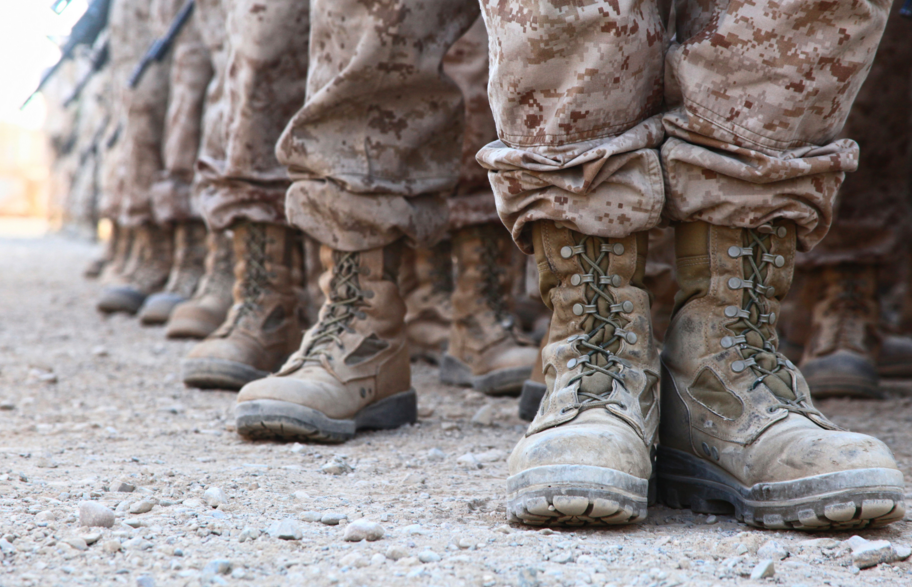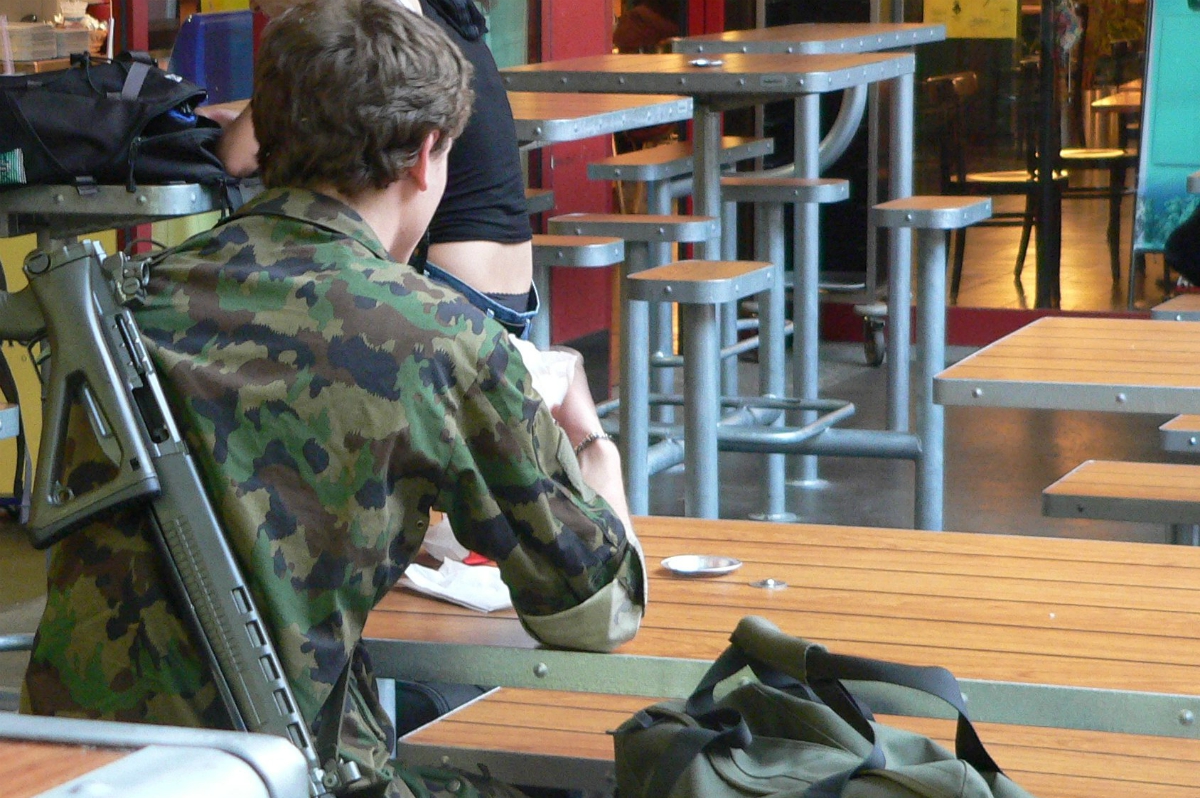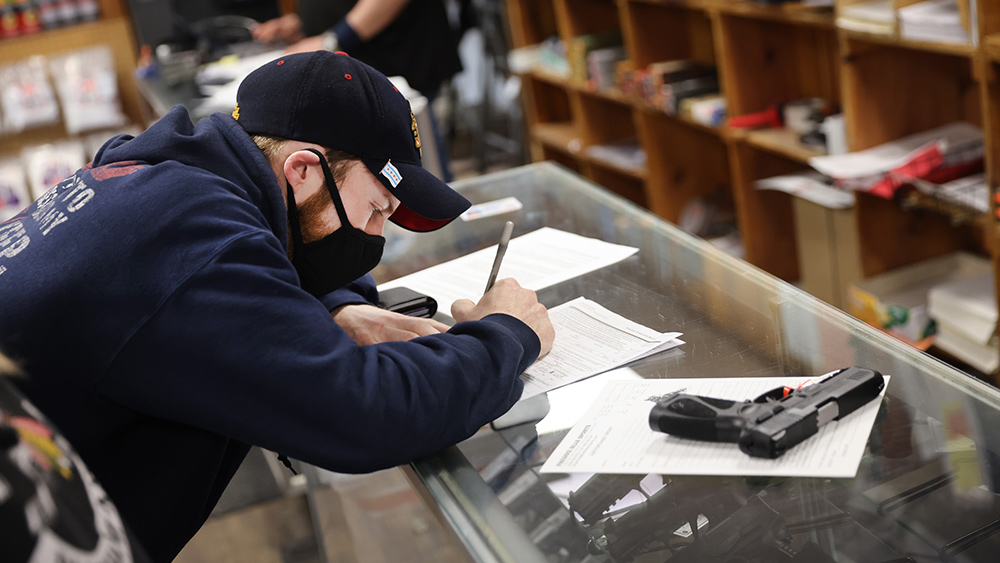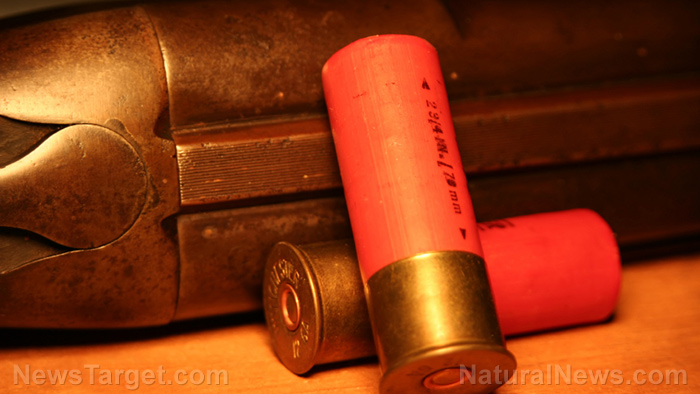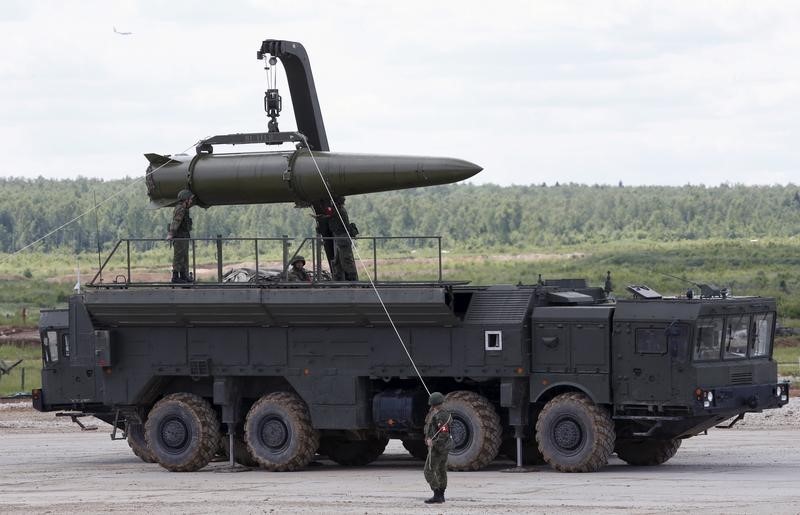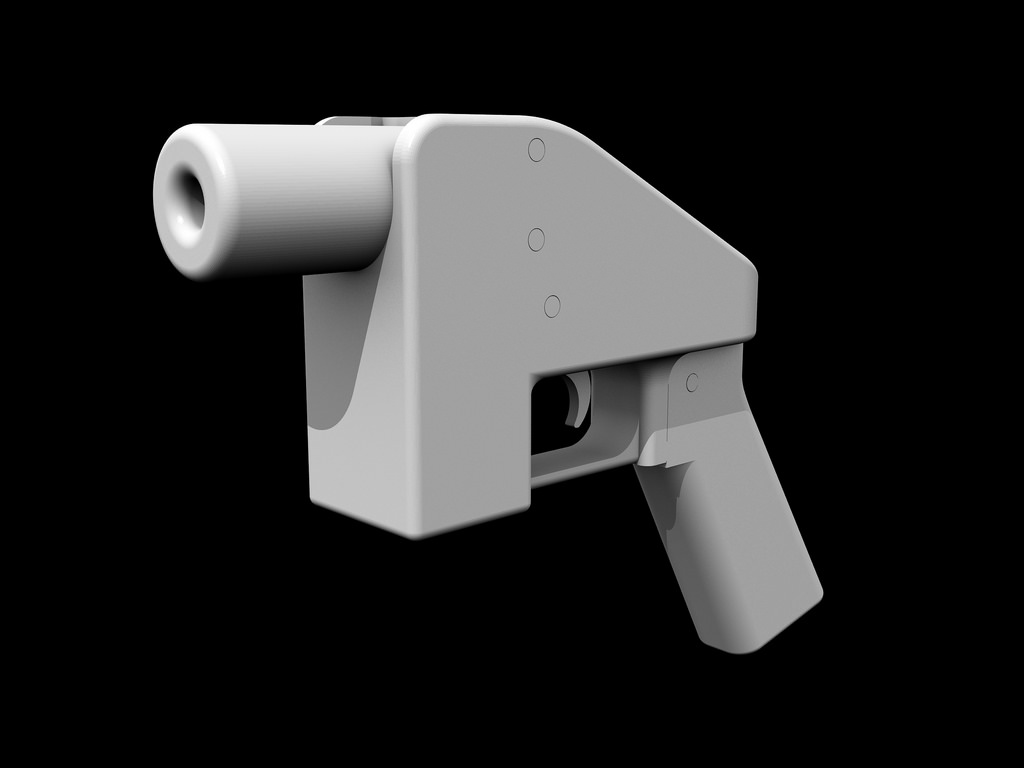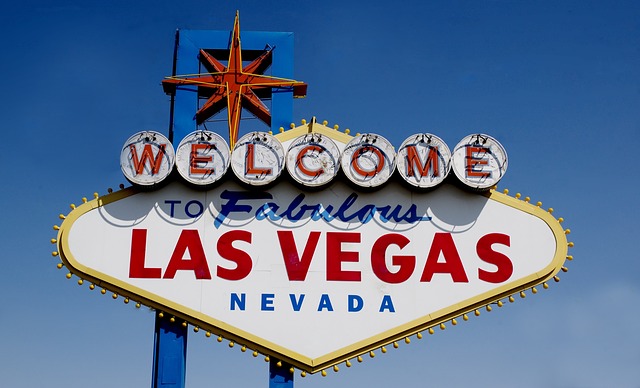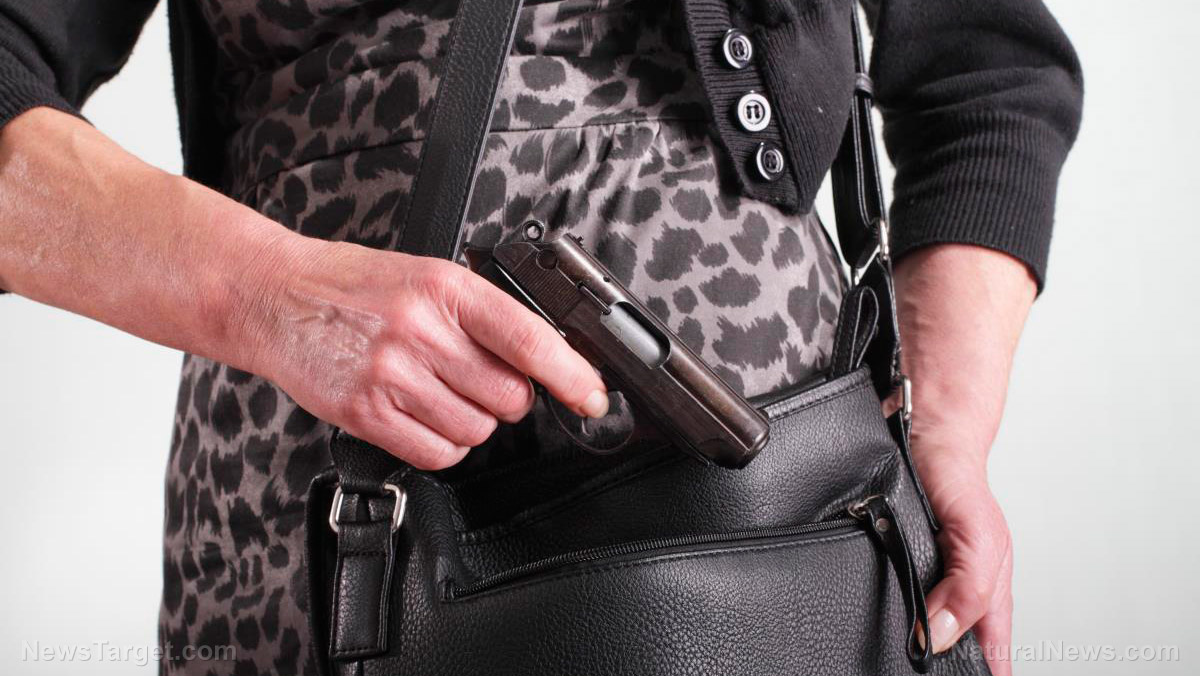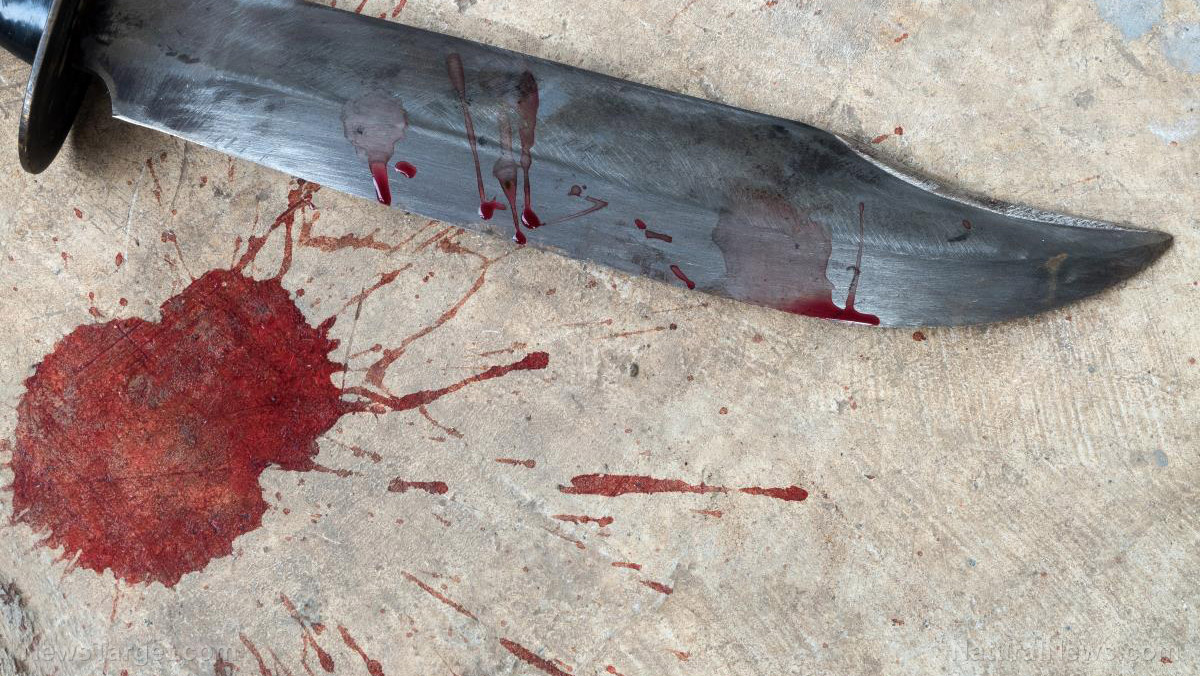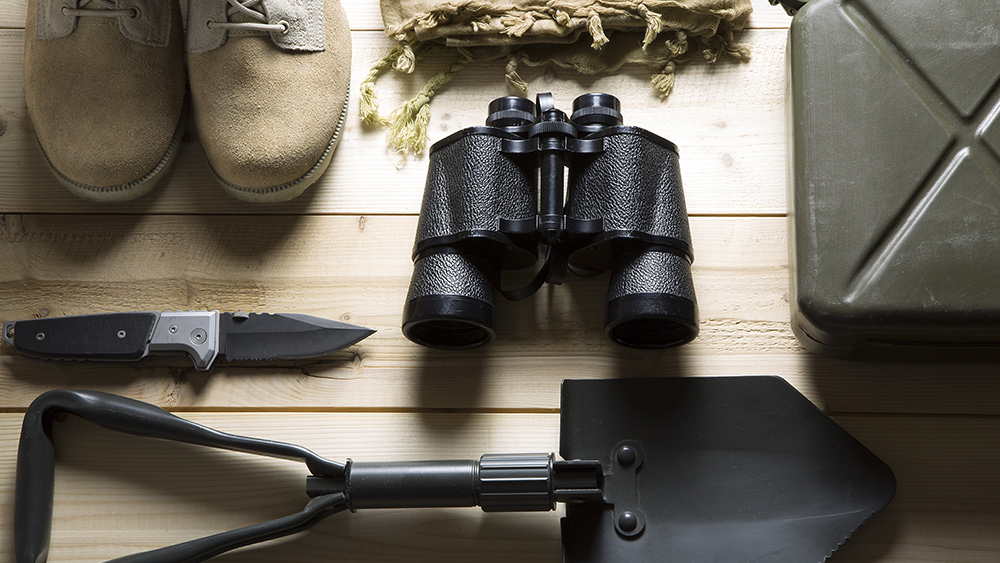Survival basics: 20 Common bug in mistakes and how to avoid them
09/29/2022 / By Zoey Sky

Your prepping plan will often look different from other preppers’ because everyone has unique needs and circumstances. But there are common bug in mistakes that you need to avoid so you can survive when SHTF. (h/t to UrbanSurvivalSite.com)
Assuming that the incoming disaster doesn’t destroy your home, bugging in is the preferred option when disaster strikes. Before SHTF, make sure your home is fortified and well-stocked with the necessary supplies.
If you decide to bug in when disaster strikes, you need a detailed emergency preparedness plan so you avoid the common prepping mistakes detailed below.
Here are 20 things to watch out for to ensure your safety in a post-SHTF world.
Waiting for someone to rescue you after SHTF
As a prepper, you need to be self-sufficient. Don’t wait for rescue when SHTF.
Prep ahead and make sure you have what you need to survive so you don’t have to wait for help that may never arrive.
Not having a detailed bug-out plan
Before disaster strikes, draft and finalize your bug-in plan so you and your family can run drills and practice your routine when SHTF.
This ensures that when things go south, everyone knows what to do and where to go to keep your home safe. You should also build a stockpile so you have enough supplies for everyone.
Being a lone wolf survivor
Some preppers may have a “lone wolf” mentality, but even experienced preppers know that you have a better chance of surviving when you’re with a group of people you can trust after SHTF.
You need your family or a survival group so someone can stand guard and work at the same time. Security is crucial after a disaster, especially if you’re worried about looters or attackers.
Not helping your neighbors
As a prepper, you can help your non-prepper neighbors by teaching them basics like how to start a home garden or how to collect water for their own use. This helps them and yourself so when SHTF, they don’t come running to you for help because they might have seen your preps.
In some cases, your neighbors might even be reliable allies if they get into prepping too.
Not having a guard posted on your property
Your property should have someone on guard duty, regardless of the weather. The longer it takes for food and other supplies to be shipped to your town after SHTF, the more desperate people will get.
Not everyone will be as prepared as you are, and not many people can rely on a home garden. As people become more desperate, they will resort to whatever it takes to get the food they need, even if that means hurting or killing you to get it. (Related: How to prep if you’re bugging in when SHTF.)
Not having a guard dog
If your group is too small, you might not have enough manpower for a guard 24/7. If this is the case, it’s best to get and train a guard dog immediately so you’re ready when SHTF.
Fortunately, some dogs will be perfect for guarding your home and letting you know if anyone approaches. Train your dog well so they know when to attack and when to observe quietly.
If you get a dog, note that you will also have to stock up on supplies for them, like dog bowls and pet food.
Here are some of the best guard dogs for your property:
- Akita
- Bullmastiff
- Doberman Pinscher
- German Shepherd
- Giant Schnauzer
- Komondor
- Puli
- Rhodesian Ridgeback
- Rottweiler
- Staffordshire Bull Terrier
These dogs are fiercely loyal to their owners and they can help boost your home security after SHTF.
Not guarding your home properly
In a post-SHTF world, you need a strong enough force to discourage attack. Looters may attack your home if they know you don’t have enough people to resist them.
To avoid this scenario, make sure you have an adequate-sized survival team with enough shooters for everyone’s protection.
Not rationing water
When SHTF, you’re going to have to put very strict controls on water usage even if you have a well or rainwater collecting system.
Your well could eventually stop producing water so you need to ration your water supply. How that rationing is put into effect will depend on your water harvesting methods, how arid it is where you live and how much water storage capacity you have.
Letting your water stocks run low
Water is crucial for your survival since you need clean water for drinking, hygiene, cleaning and other tasks.
Don’t get complacent because a drought can hit at any moment. Harvesting water is an ongoing effort that should never end.
Not having a water source on your property
If you plan to bug in when SHTF, you may want to invest in a water source on your property. Couple this with the strictest rationing in place to make your water supply last for a very long time.
It is almost impossible to store enough water that will last more than a month or two, so you might have to harvest water from nature.
Looking chubby and well-fed
When facing a long-term survival scenario, almost everyone will be losing weight. If that’s the case, if you and your family still look well-fed while everyone around you is slowly losing weight, they will find out that you still have plenty to eat.
This might be hard, but when SHTF you will need to put your family on a very restrictive diet of about 1,500 calories a day so everyone loses weight too. You won’t be losing as much weight as others are, but you won’t stand out as much.
Cooking indoors
Cooking indoors can be dangerous, especially if you are cooking over propane or wood. Without adequate ventilation, the burning can consume the oxygen in the room and replace it with carbon monoxide, which can be deadly when breathed in.
If possible, cook outdoors. If this isn’t an option, make sure you have adequate ventilation when cooking indoors.
Allowing cooking smells
Cooking outdoors is a great option if you live somewhere secluded, but if you live near your neighbors the smell might alert them to your food supply.
You can address this by not cooking foods that produce an obvious aroma. If you’re cooking meat, boil it, bake it or wrap it in foil to reduce the aroma. You should also use herbs and spices sparingly since their aroma also carries.
Not having “light discipline”
Lighting inside the home is an obvious sign that you’re better off than anyone else after disaster strikes. If your neighbors don’t have it and you do, it will make you an obvious target once people start needing more supplies like candles and flashlights.
Before things go south, get blackout curtains for your windows so none of that light escapes. Blackout curtains must be wider than the windows to work so light can’t get around the edges.
Not having “noise discipline”
Entertainment may be a part of your disaster preps, but you also need to enforce noise discipline in your home to keep looters away.
If you’re already producing electricity, you can use your entertainment center. But if you’re going to watch a movie or play music, don’t make too much noise. Neighborhoods are mostly quiet during blackouts, so any noise you make could attract unwanted attention.
Trying to heat a large area
Heating systems that heat the whole home are common, but the types of heating systems you’re going to use when the electricity is out aren’t going to allow that.
A wood-burning stove is only going to heat one room efficiently, with the possibility of a little bit of heat spilling across into adjacent rooms if there is a large opening between them. Focusing on heating one room after SHTF also ensures that you conserve power.
Using candles and oil lamps like electric lights
Electric lamps offer some great advantages over other lighting options like candles and oil-burning lamps. Modern lamps don’t need to be replaced as often and they aren’t prone to starting fires when left unattended.
But if you’re going to have to depend on oil-burning lamps and candles when the power goes out, you need to learn some new habits. Never leave candles and oil-burning lamps unattended.
Blatantly using electric devices
Besides lighting and entertainment centers, a lot of electric devices are used in the average home, especially tools and appliances. And if you have solar panels on your home, your neighbors are going to know it and know that you can do things that they can’t.
That doesn’t mean you should rub it in their faces, which may cause resentment or worse in an SHTF scenario. Use what you have, but do so with the proper noise and light discipline.
Using gas-powered tools
It is best not to use gas-powered tools like a lawn mower or chainsaw because it will let people know you have gas. If it’s important, use gas-powered tools occasionally and with discretion.
Driving your car
The gas supply in your area might be available for the first few days after a disaster, but the supply will eventually run out if many people were unprepared. If there’s no gas, people will be forced to walk.
If you’re the only one driving your car, people will know that you have gas and probably other supplies. Keep your last half-tank of gas for emergencies, like medical emergencies that are time-sensitive.
Prepare before SHTF and stock up on essentials so you can safely bug in with your whole family.
Watch the video below for tips on how to prepare your house if you’re going to bug in after disaster strikes.
This video is from the SHTFPrepping101 channel on Brighteon.com.
More related stories:
10 Tips that will ensure you have enough food after disaster strikes.
Prepping before SHTF: How to store fuel properly.
Survival 101: 5 Reasons to set up a safe room or storm shelter.
Sources include:
Submit a correction >>
Tagged Under:
bug in, Collapse, disaster, emergency, Home Defense, homesteading, how-to, off grid, preparedness, prepper, prepping, prepping tips, self-defense, SHTF, survival, Survival Tips
This article may contain statements that reflect the opinion of the author
RECENT NEWS & ARTICLES
COPYRIGHT © 2018 SELFDEFENSE.NEWS
All content posted on this site is protected under Free Speech. SelfDefense.news is not responsible for content written by contributing authors. The information on this site is provided for educational and entertainment purposes only. It is not intended as a substitute for professional advice of any kind. SelfDefense.news assumes no responsibility for the use or misuse of this material. All trademarks, registered trademarks and service marks mentioned on this site are the property of their respective owners.

